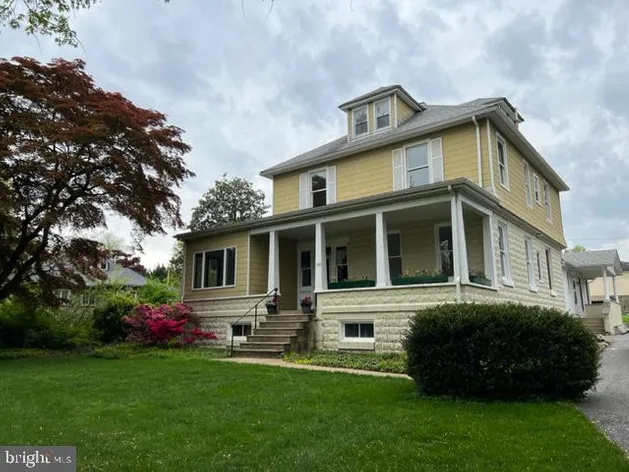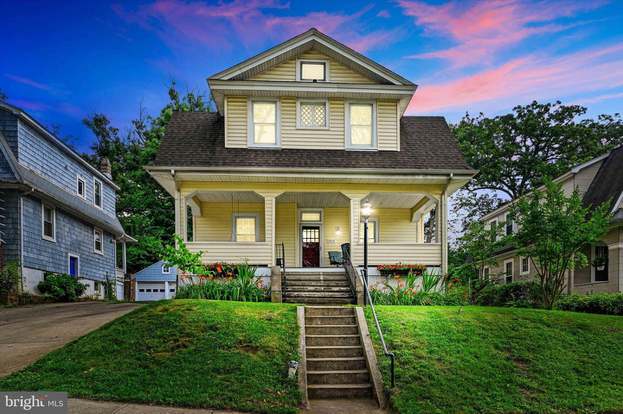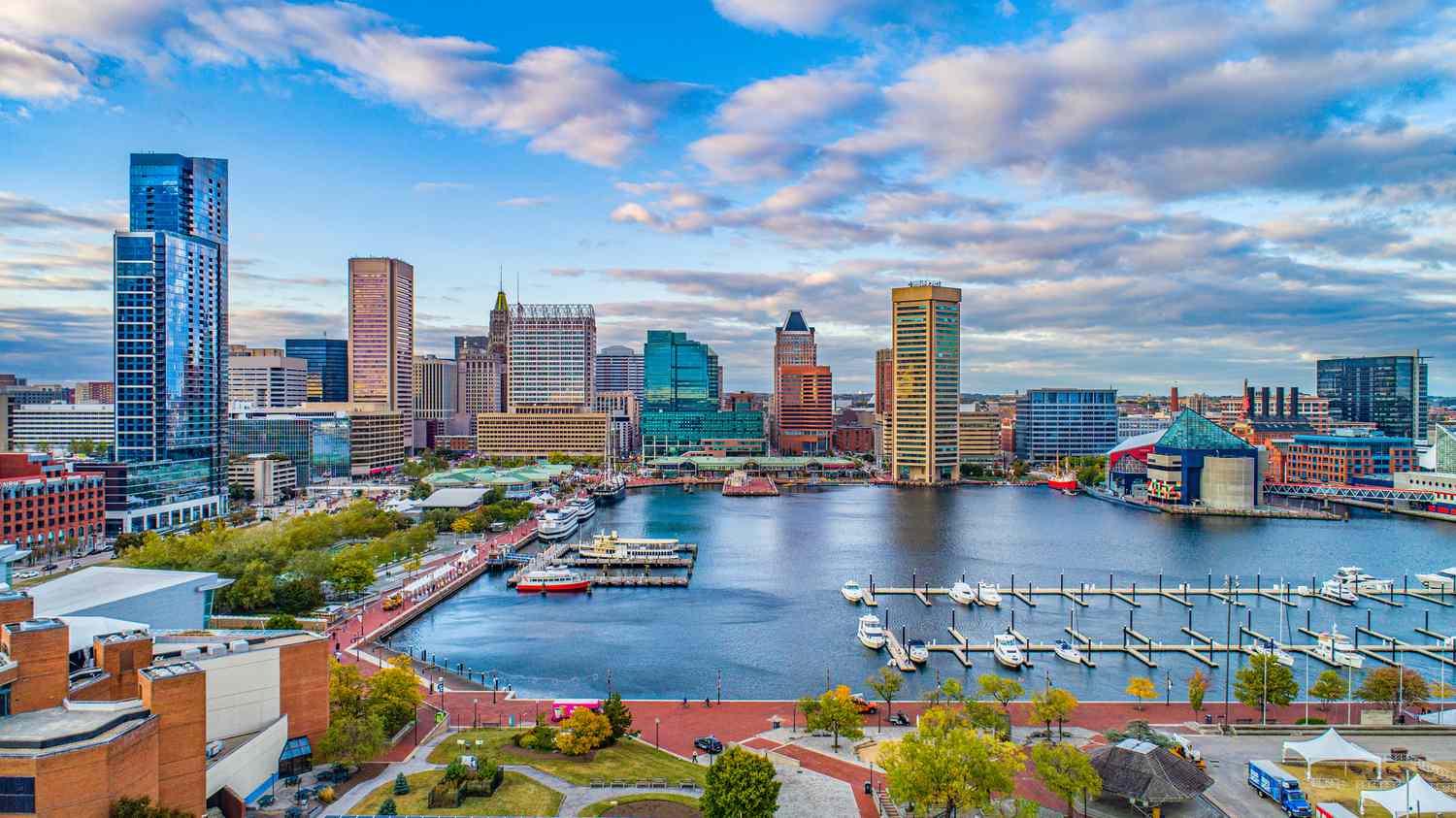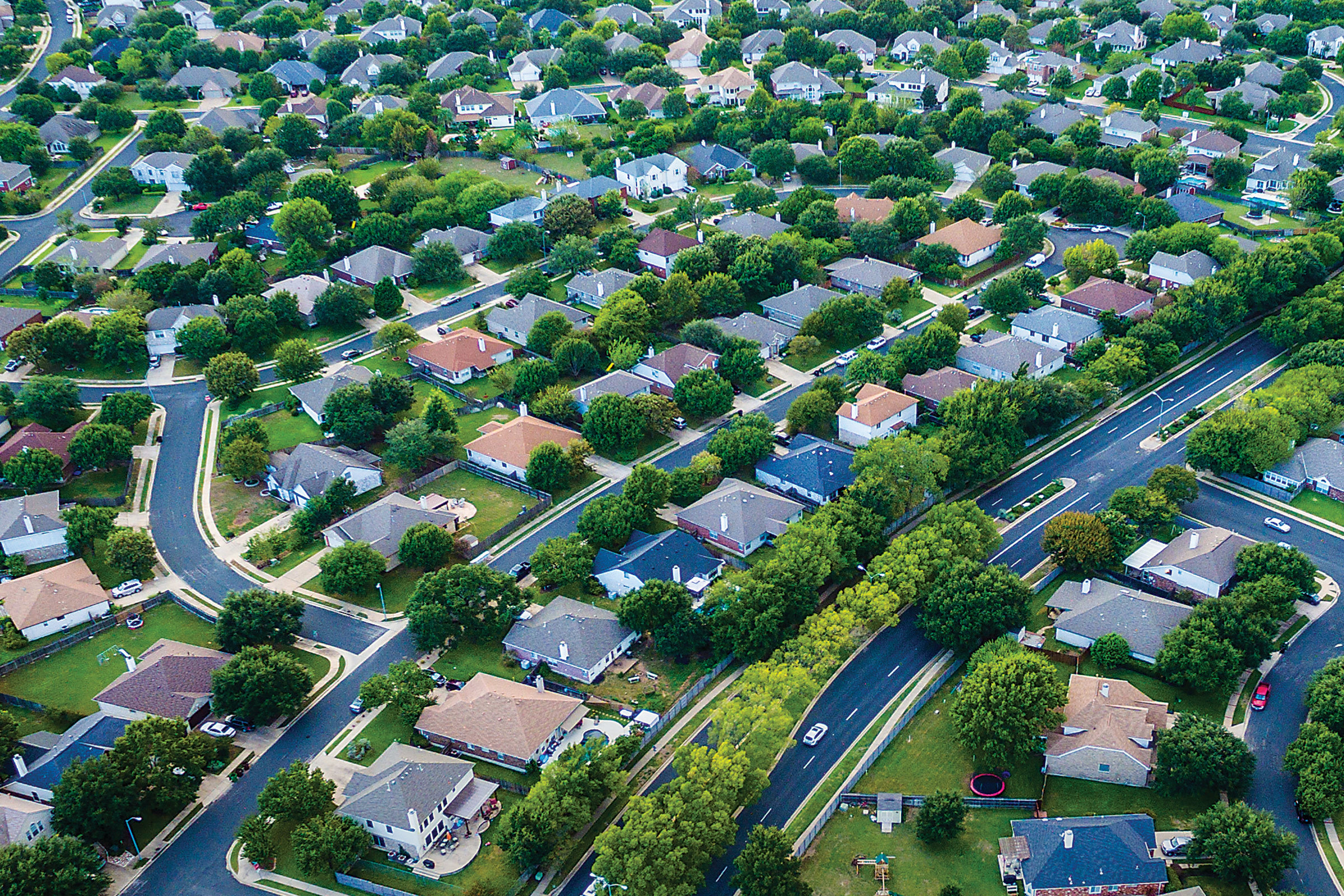About the Baltimore Housing Market
The population of Baltimore has been growing steadily in recent years, and this trend is expected to continue. This growth is being driven by a number of factors, including the city’s strong economy, its proximity to Washington, D.C., and its relatively affordable cost of living.
Another factor that is contributing to Baltimore’s growth is the city’s investment in its infrastructure. The city has invested in new schools, parks, and transportation projects. This investment has made Baltimore a more attractive place to live and work.
Baltimore is a city that is undergoing a period of growth. The city has seen a decline in population in recent decades, but that trend is starting to reverse. In 2023, the population of Baltimore is estimated to be 622,000, which is a slight increase from the previous year.

Median Household Income: $54,124
Metro Population: 2.3 million
11-Year Population Growth: 0.44%
Median Home Price: $369,708
Median Rent Per Month: $1,785
1-Year Equity Growth: 10%
8-Year Equity Growth: 37.94
1-Year Rent Growth: 2%
8-Year Rent Growth (January 2014 – December 2022): 29.5%
Job Growth: +23,900 CES jobs created over the last year
1-Year Job Growth Rate: 3.9%
Unemployment Rate: 3% (20% lower than the national average)
Tenant Laws: Landlord-Friendly
What to Like
Affordable cost of living
Diverse culture
Rental demand
Close to other cities
What to Watch Out For
Property conditions
Higher crime / poverty
Lack of public transport
Winter weather
– The city’s affordable housing. Baltimore’s median home value is significantly lower than the national average, making it an attractive option for buyers on a budget. The median home price in Baltimore is significantly lower than the median home price in many other major cities. This makes it an attractive option for investors who are looking for a good value.
– The rental market in Baltimore is very strong, with vacancy rates below the national average. This means that there is a high demand for rental properties in the city, which can translate into strong rental income for investors.
– Baltimore is home to various industries, including healthcare, education, technology, and government, providing a diverse economic base that can lead to stability in the real estate market. The city’s strong economy. Baltimore’s unemployment rate is below the national average, and the city is home to a number of Fortune 500 companies.
– Some neighborhoods in Baltimore have experienced revitalization and increased property values, offering potential for property appreciation and positive returns on investment.

High home appreciation rates
In the past year, home prices in Baltimore appreciated by more than 16% YOY. This is due to low housing inventory and a growing population of young professionals. However, in Baltimore, where foundations, plumbing, roofing, and electrical wiring are more likely to be compromised by age-related wear and tear, home sellers have to inform buyers of any defects they know about. These disclosures can be made as part of the purchase contract or by providing buyers with an Addendum.
Strong renter’s market
Baltimore has a strong rental market. 51% of Baltimore households are renter-occupied. Although rents in Baltimore rose by 7% over the past year, the city remains one of the most affordable cities in the country for renters. There are many opportunities here for people who want to invest, or who are looking to expand their rental portfolio.
Recovering economy and revitalization projects
The city of Baltimore had 53,900 new jobs created between May 2021 to May 2022. This was 3.98% greater than the national average job growth rate. And it’s not just about Amazon setting up massive fulfillment centers in the area—the city itself has been making significant strides toward revitalization. Old abandoned industrial buildings are being torn down to open up large construction sites—and tax breaks are available for new construction.
Purchasing Property in Baltimore
Baltimore has a lot of historic buildings. But as many as 17,000 homes in the city are vacant. The City of Baltimore has a low threshold for foreclosing on properties. In Baltimore City, if you are delinquent on $750 in property taxes (or other municipal liens, including water bills), your house could be placed in a tax sale. This presents opportunities for investors who are interested in buying distressed properties.
Baltimore is home to some of the best colleges and universities in the country. In fact, Baltimore has one of the largest student populations in Maryland. In the area, larger universities include the University of Maryland and John Hopkins University with a student population of over 20,000 each. But there are other institutions as well, including Coppin State University (with around 4,000 students), Morgan State University (with 6,000 students), and the University of Baltimore (with around 5,000 students).
Baltimore is also a city that is becoming more diverse. The city’s population is now majority-minority, and this diversity is one of the city’s strengths. Baltimore’s diverse population is a reflection of its rich history and culture.
Baltimore, Maryland



No warranty, expressed or implied, is made regarding the accuracy, adequacy, completeness, reliability or usefulness of any data provided. These data are provided “as is.” All warranties of any kind, expressed or implied, including but not limited to fitness for a particular use, freedom from computer viruses, and non-infringement of proprietary rights, are disclaimed. By visiting this website, the user agrees that the data presented here is added and changed periodically, and data may become out-of-date quickly. This data is provided for informational use only, and the user is encouraged to perform his/her own research.